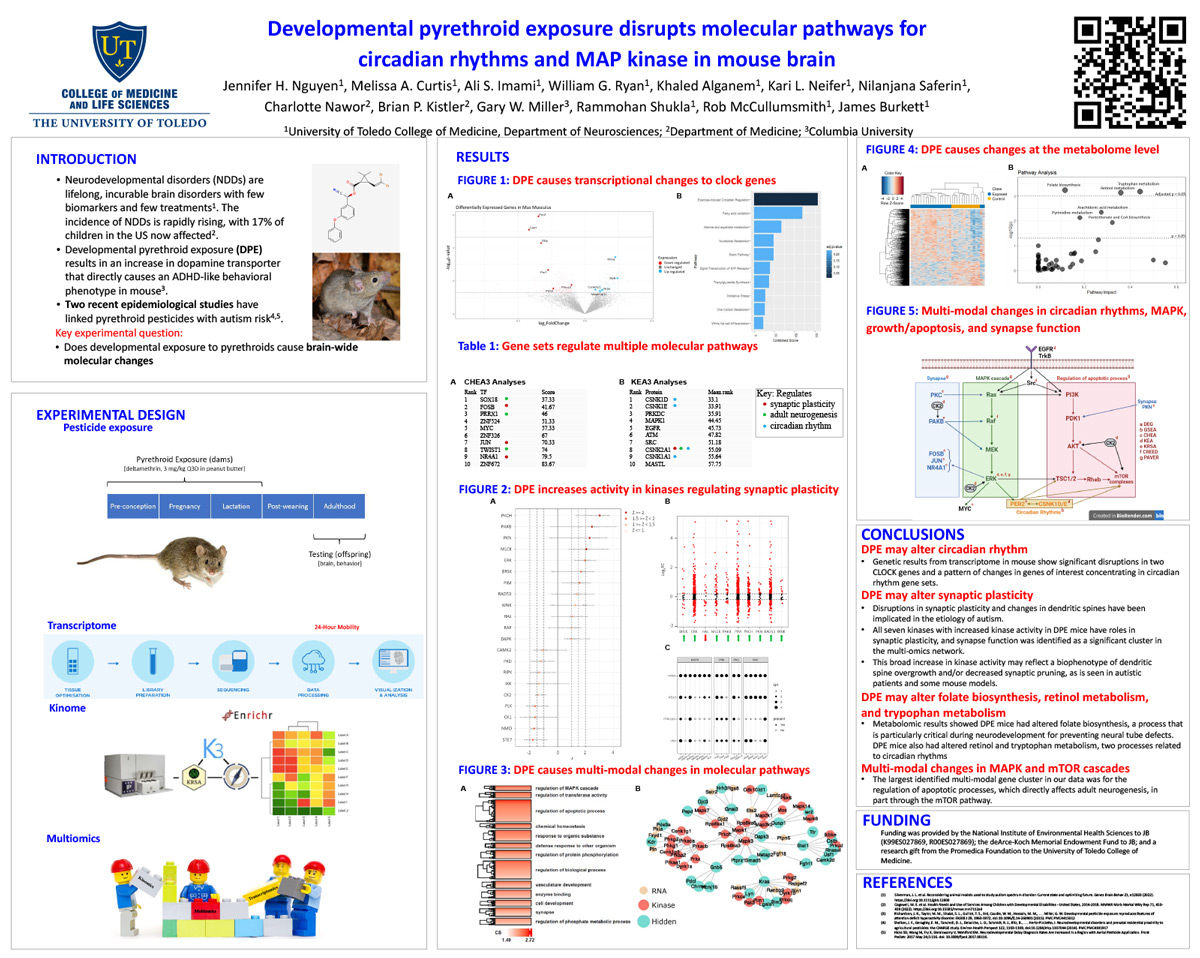James Burkett

Assistant Professor
Office: 185 Block Health Science Building
Tel: 419-383-4203
Email: James.Burkett@Utoledo.edu
Education:
2008: B.S. in Biochemistry, Emory University, Atlanta, GA.
2016: Ph.D. in Neuroscience, Emory University, Atlanta, GA.
2019: Postdoctoral Fellow, Emory University School of Public Health, Atlanta, GA.
Research Interests:
The long-term goal of my research is to describe the neurobiology and neurochemistry of empathy in rodent models in order to advance biomedical research into psychiatric and neurological disorders characterized by empathy deficits, such as autism and schizophrenia. To do this, I combine the current gold standard of maximally automated, high-throughput behavioral phenotyping with the next generation of empathy-based behavior tests in rodents. In parallel, I employ innovative molecular, cellular, chemogenetic and neuroimaging methods to investigate and manipulate the brain and determine its function
Research Techniques:
In vivo calcium imaging, chemogenetics, pharmacology, implant surgery, animal behavior, and a variety of bench techniques.
Selected publications:
Burkett JP, Andari E, Johnson ZV, Curry DW, de Waal FBM, Young LJ. Oxytocin-dependent consolation
behavior in rodents. Science. 2016 Jan
22;351(6271):375-8.
Inoue K, Burkett JP, Young LJ. Neuroanatomical distribution of µ-opioid receptor mRNA and binding in monogamous prairie voles (Microtus ochragaster) and non-monogamous meadow voles (Microtus pennsylvanicus). Neuroscience. 2013 Mar 26. pii: S0306-4522(13)00257-1.
Burkett JP, Speiegel L, Inoue K, Young AM, Young LJ. Activation of µ-opioid receptors in the dorsal striatum is necessary for adult social attachment in monogamous prairie voles. Neuropsychopharmacology. 2011 Oct;36(11):2200-10.
Ahern TH, Modi MM, Burkett JP, Young LJ. Evaluation of two automated metrics for analyzing partner preference tests. J. Neuroscience Methods. 2009 Sep15;182(2):180-8.
Abstracts and posters
"Developmental pyrethroid exposure disrupts molecular pathways for circadian rhythms and MAP kinase in mouse brain"



